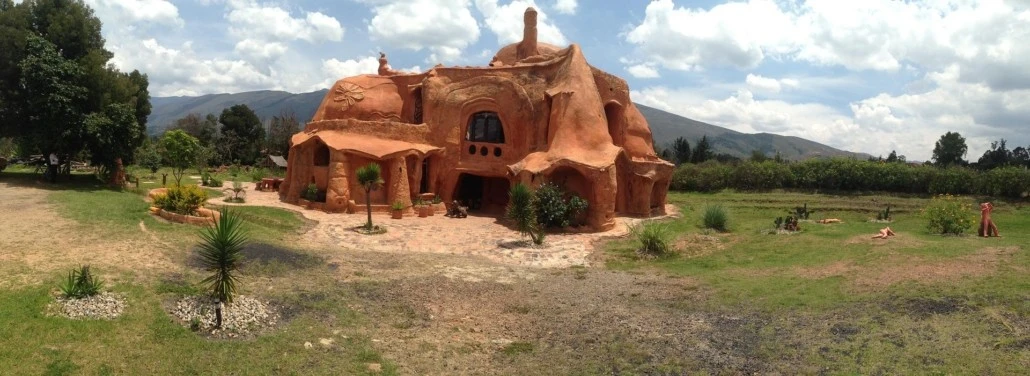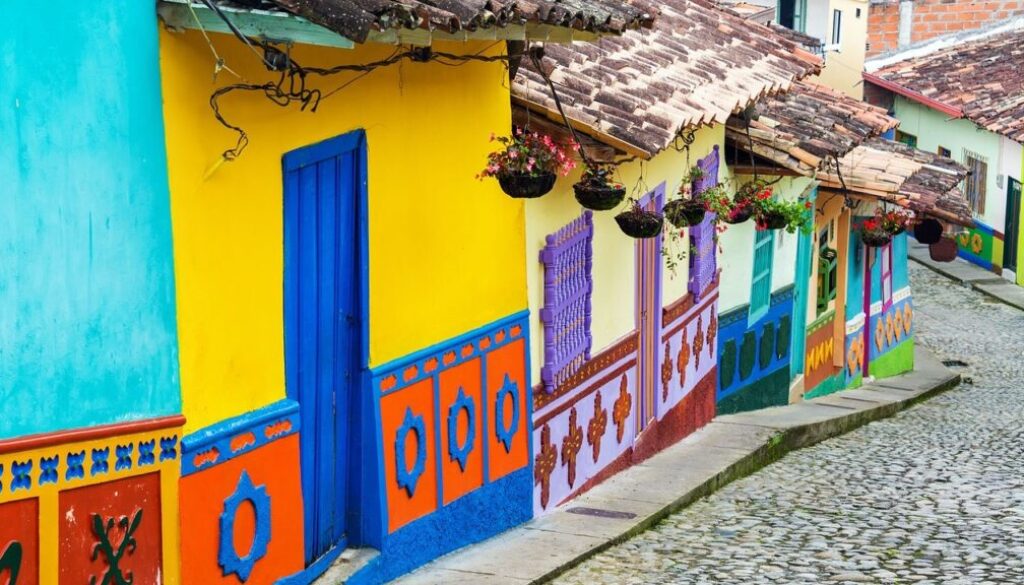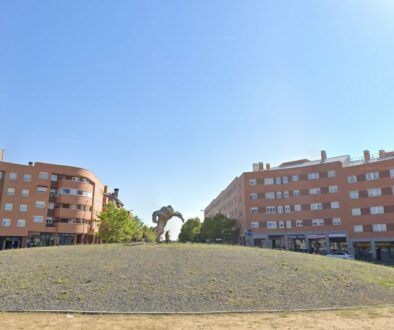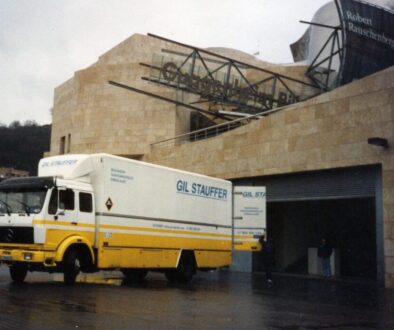Information on moving to Colombia: visas, economy, security, etc.
Colombia is characterised by its beautiful natural diversity and the friendliness of its people. It is a multicultural and multiracial country, as a result of different cultures at the time of the conquest. This means that the traditions in the different regions are represented in numerous dialects, dances, colours, sounds and flavours. If you are organising your move to Colombia, here are some questions that may be useful to get into the essence of this great country before you move.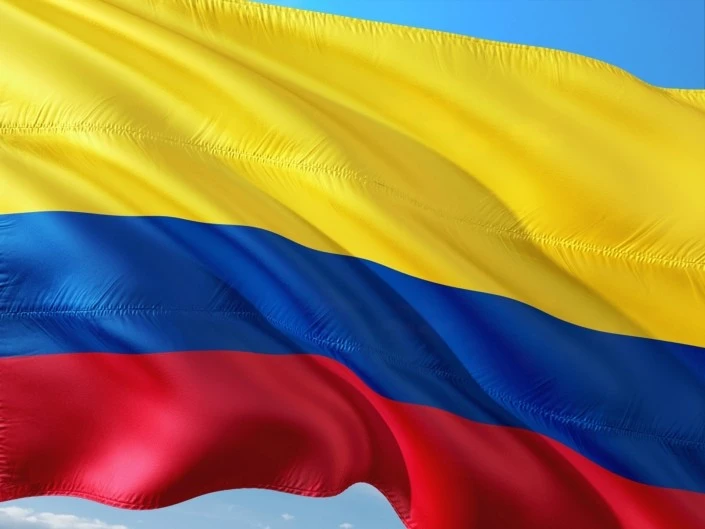
Geographical, political and social issues
Located in South America, Colombia is a considerably large country. It covers an area of 1,141,750 km² and has a population of approximately 49.65 million inhabitants. its moderate population density (45 inhabitants per km²). It is the third largest population in Latin America and the fourth largest economy in Latin America, after Brazil, Mexico and Argentina.
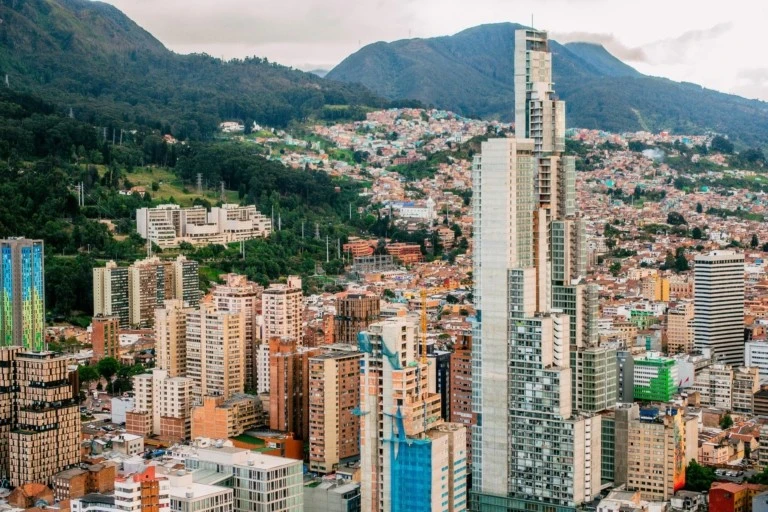
With its capital city in Bogotá, the Republic of Colombia is a presidentialist country and a unitary state with a constitution that was proclaimed in 1991. Ultimate responsibility is held by the president and, secondarily, by the departmental governors.
With regard to the religionmore than 97 % of Colombians practise the Christianity and it is possible that, for this reason, the family character and celebrations are constant in Colombia. Some of the most important dates on their calendars are Christmas - to which they dedicate a multitude of celebrations - and Candlelight Day, when the whole country is lit up in homage to the Immaculate Conception in honour of their Catholic beliefs.
The currency is the Colombian peso. One euro is currently equivalent to 4,234.52 pesos. And it seems that the cost of living in Colombia is cheaper than in 91 % countries in the world.
Colombian Economy
According to data from the Chamber of Commerce of Madrid, Colombia has consolidated its position as a one of the most prosperous economies in the region thanks to economic development, good macroeconomic management, fiscal incentives and a significant inflow of foreign capital. In recent years it has been one of the few countries to show growth rates above 3%, which has allowed the region as a whole to grow at positive values. In 2021 the GDP figure was 265,675 M€ and the approximate growth forecast for 2022 is 8%.
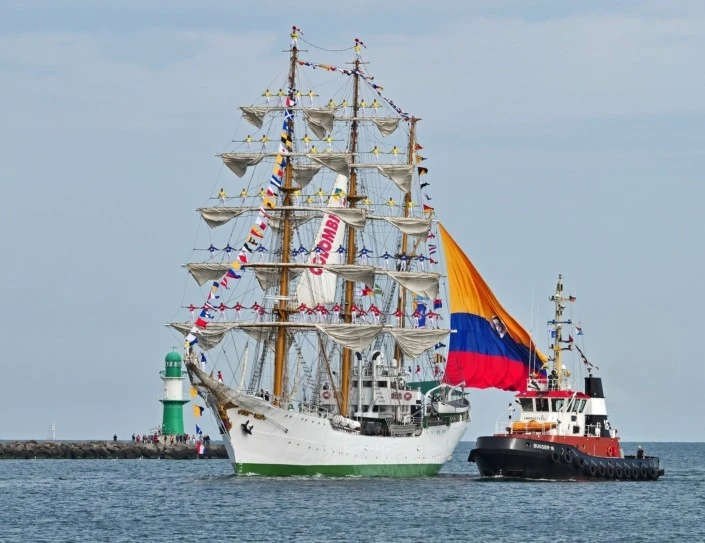
The government has developed a package of measures called the "New commitment for the Future of Colombia"The aim is to further boost its economy and to achieve, over the next two years, public sector investments of 60 % and private sector investments of 40 %, totalling USD 135 billion. Priority areas for action are: employment generation, clean growth, vulnerability of the poor and sustaining peace. To this end, they will prioritise the financing of projects in the following sectors: housing construction, road infrastructure and public services, health, education and digital development, among others. The sectors in focus are infrastructure, engineering, construction, energy, solid waste, services, ICT, agri-food, biotechnology, capital and technological goods for industry, services for digital transformation, telemedicine and cybersecurity.
On the other hand, of the 15 Free Trade Agreements (FTAs) in force to which Colombia is a party, 10 are with countries or associations of countries in the region, such as the FTA with Chile, Mexico, Mercosur or the Pacific Alliance. institutional groupsPacific Alliance, CAN, IMF, OAS, OECD, UN, UNASUR.
Working in Colombia
Colombia is one of the countries with the highest unemployment and Colombians have, on average, the lowest wages in the world. For doing businessThe country is apparently not one of the most suitable, as it is ranked 65th in the Doing Business However, with the measures taken by the government, an invaluable improvement in all economic and social data is expected.
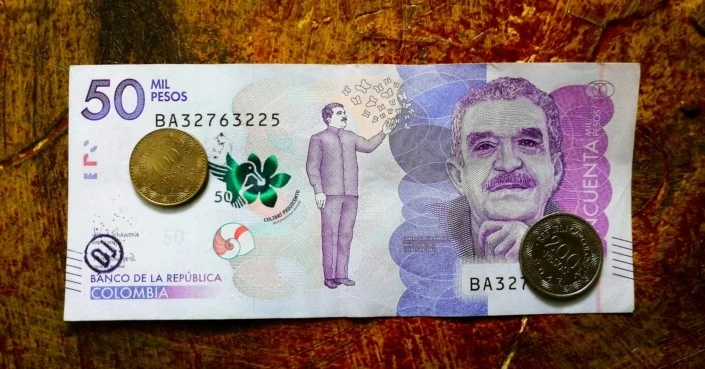
However, it should be borne in mind that the Colombians' philosophy of life is to work to live and not to live to work. Their cheerful character and positivism make life, in spite of everything, pleasant, and this has an influence on the quality of life.
If you are going there with the intention of working, you should know that entry into the country does not allow work for touristsIf you are going to practice a regulated profession, you will need a visa to be able to work, validate your professional qualifications and obtain a licence or permit from the respective professional councils or competent authorities. For more extensive information on this aspect, you can consult this page of the Ministry of Labour on the requirements to work in Colombia. This link may also be useful to inform you about procedures related to working in Colombia.
Among the works The best paid in Colombia are surgeons, radiologists and other professions in the medical sector, as well as professions related to technology, finance or economics.
Visa to live in Colombia
Any foreigner who wants to spend more than 180 days in Colombia must apply for a visa. To live in Colombia you need a valid passport and fill in the electronic visa application form for the government to authorise entry to the country, and there are seven different types of visas.
In order to carry out any work activity in Colombia, it is compulsory to obtain a work visa. For visa information, you can consult the websites from Colombian Ministry of Foreign Affairs and of the body Migration Colombiaor by contacting Colombian Consulate in Spain.
Health and safety
In Colombia there is the General System of Social Security in Health for public health, as well as private medical assistance, whose quality is comparable to that of European health care, but its costs are high. So our recommendation is to go from Spain with a health insurance with the widest possible coverage.
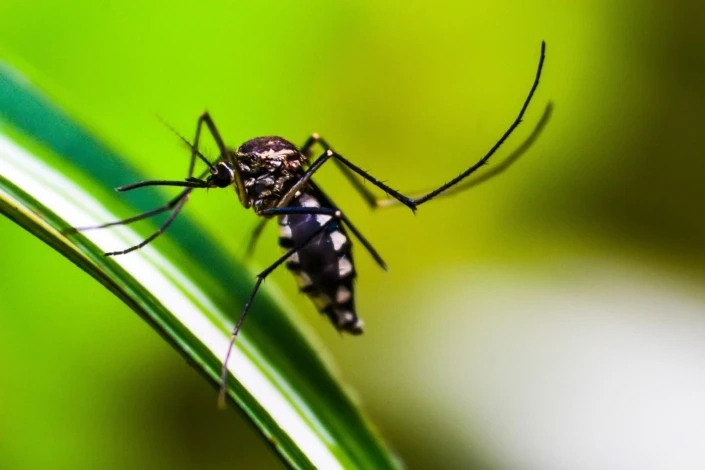
From January 2022 it is mandatory to show a negative PCR test to enter Colombia. In addition to the vaccines For Covid-19, yellow fever vaccination is compulsory and it is also recommended to be vaccinated against MMR, hepatitis, tetanus-diphtheria and typhoid fever.
It is also advisable to always be protected with repellents for insects, as diseases such as dengue fever are transmitted by mosquitoes.
With regard to the securityGenerally speaking, the country is not as dangerous as it was a few years ago, although recommendations should be followed to avoid problems. You should always take certain precautions and not venture into unfamiliar areas, especially in the country's outlying departments and rural areas. It is also not advisable, under any circumstances, to show money in public or to talk on a mobile phone in the street, and it is advisable to use only official taxis. For more information on this subject, visit this MAEC page on recommendations for travel to Colombia.
Climate
The climate in Colombia is varied. Its vegetation and mountains make it possible to enjoy a very pleasant climate for all tastes, although in general it has two seasons: Dry and wet. If you are looking for cool temperatures you can opt for cities like Bogotá or Popayán. On the other hand, if you prefer a warmer climate, we recommend you head for coastal areas such as Cartagena or Barranquilla.
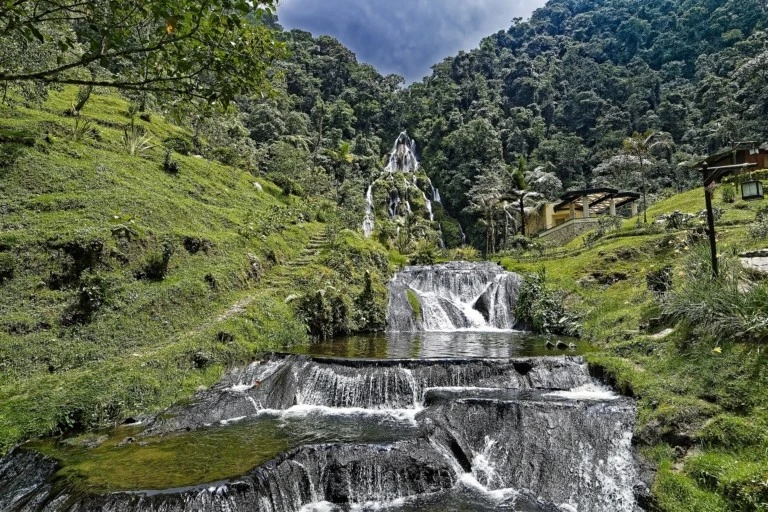
Gastronomy
Colombia's gastronomy is the result of the heritage of diverse cultures and traditions. Indo-American, African and European roots are present and it is a very special fusion of flavours. Fried red snapper with patacones and rice, carimanola (a kind of meat and cassava croquettes), tripe (something similar to tripe), the ajiaco (potato soup with chicken), the paisa platter (meats and avocado), the sancocho (stew similar to cocido), tamale from Antioquia (corn dough and meat wrapped in corn husks or banana leaves, are all typical colombian dishes.
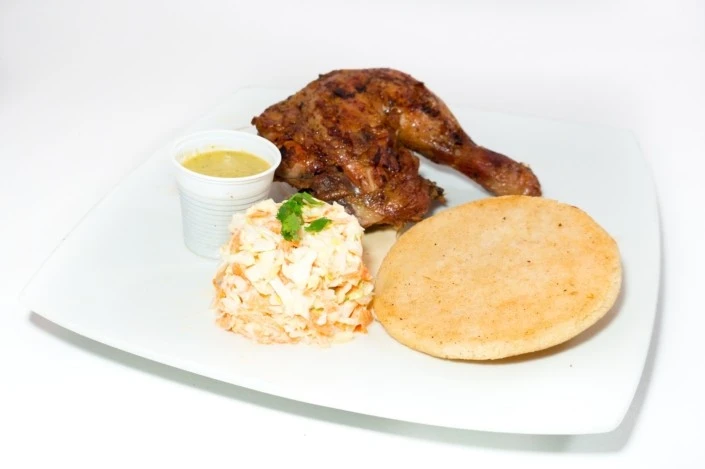
As for the dessertsthe Marialuisa cakethe piononosthe meringue, brevas con arequipe (figs with arequipe)the Veleño sandwich and the cholado will have you licking your fingers. But ask about the various options, as there are plenty to choose from.
Of course, arepas and aguardiente are two of the things you will have to get used to when you move to Colombia. Corn cakes are eaten at any time of day, and depending on the region, you'll find different varieties. Aguardiente - an aniseed liqueur - is one of the most widely consumed drinks in the country.
A gastronomic curiosity: The big-headed ants are a much appreciated delicacy in Colombia and are eaten roasted and salted, as if they were peanuts.
Tourism
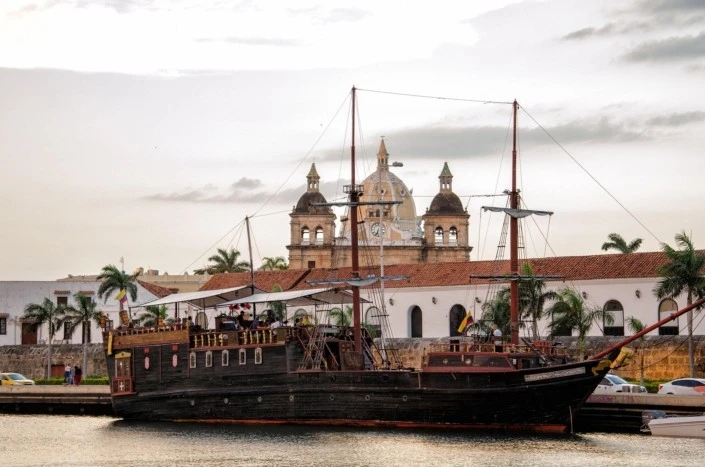
Colombia has many places to visit. For more information, you can consult the Official Colombian Tourist Guide However, below we have tried to extract the highlights of each of the most visited cities:
- BogotáThe capital of Colombia has places you can't miss. For example, the mountain MonserrateThe Botero Museum, the Plaza de Bolivar, the National Museum of Colombia, the Simon Bolivar Central Park or the José Celestino Botanical Garden.
- Medellín It houses the Plaza Botero, the Museum of Antioquia, the Parque Explora science museum, the Arvi Station Metro Park, the Museum of Modern Art, the Casa de la Memoria Museum, the Joaquín Antonio Uribe Botanical Garden and the Pueblito Paisa.
- At Cartagena de Indias you can visit the Castle of San Felipe de Barajas, the Rosario Islands, the Historical Museum Casa de la Inquisición, the Convent of Santa Cruz de la Popa, the Clock Tower, the Plaza de Santo Domingo, the Sanctuary of San Pedro Claver, Las Bóvedas and the Zenú Gold Museum.
- San Andreas is an island of white sands and paradisiacal beaches with a Caribbean atmosphere, where you can dive and witness the third largest barrier reef in the world.
- Highlights from Barichara is the Chapel of Santa Barbara, the Café Alfaina, the Camino Real Barichara Guane, the viewpoint of Barichara, the Bioparque Móncora and the José Delgado Sierra Park.
- Santa Marta is a coastal city whose main points of interest are the Tayrona National Park, El Rodadero Beach, the Quinta de San Pedro Alejandrino, the Parque de los Novios Centro, Bello Horizonte Beach and the Rodadero Aquarium.
- Guatape is known for its colourful houses, but you should also see the Piedra del Peñol, the Plazoleta de los Zócalos and it is a good place to ride a motorbike or do water sports or paragliding.
- At Cali You must visit the Cristo Rey Monument, the Cali Zoo, La Ermita Church, La Tertulia Museum, San Antonio Church, the Calima Gold Museum and the Cerro de las Tres Cruces (Three Crosses Hill). It is also a city famous for its salsa discotheques in the area called Juanchito.
- Barranquilla has, as highlights, the Barranquilla Zoo, the Gran Malecón river, the wetlands and mangrove reserve Burbujas de Acuarela, the Salgar Castle, the Metropolitan Cathedral María Reina and the Plaza de la Paz.
- At Bucaramanga visit the Cerro del Santísimo Park, San Pío Park, Las Cigarras Park, the Eloy Valenzuela Botanical Garden, the Museum of Modern Art and the La Flora Ecological Park.
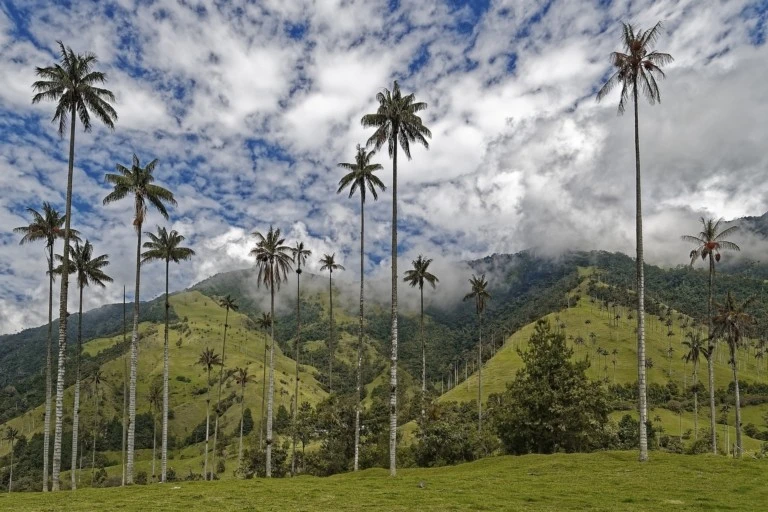
But, as we have said before, there are many other beautiful places in Colombia that are worth visiting. It is advisable to choose areas in order to visit as many tourist attractions as possible, always in accordance with the safety recommendations mentioned above.
Curiosities about Colombia
- The name of Colombia is a tribute to Columbus (Colón).
- Although the official language in Colombia is Spanish - among other indigenous languages - you will be surprised by the number of languages spoken in the country. different expressions in the country. If you want to get an idea, here is an dictionary with the most popular ones.
- Colombia is the world's third largest producer of coffeewhich is renowned for its high quality. It also has the largest coffee research centre in the world. Therefore, it is very common that wherever you go, you will be offered a tintico or cup of black coffee.
- Colombia is the largest producer of emeralds and the country with the second highest biodiversity in the world, as half of the country is forested. It also has the greatest diversity of birds and is the world's number one producer of orchids.
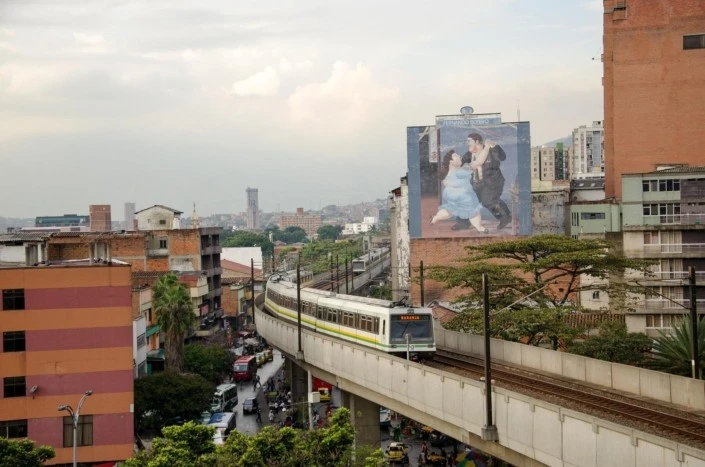
- The music influenced by indigenous, Hispanic and black rhythms; it is one of the richest in the region and has given rise to renowned rhythms such as the bambucothe cumbia and the vallenato.
- The writer Gabriel García Márquez was born in Aracataca, the Colombian town in which his work "One Hundred Years of Solitude" is set.
- The artist Fernando Boteroborn in Medellín and father of the figurative style".boterism"He donated his collection to the museum that bears his name.
Aspects to take into account when moving to Colombia
There are a number of general considerations for a move to Colombia, which we set out below:
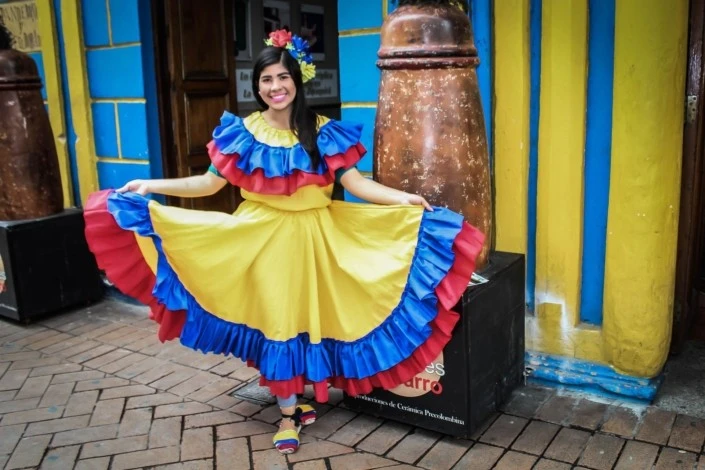
How to hire a removal to Colombia?
If you are thinking about moving to Colombia, please contact our international removals as soon as possible to inform you of the details of your move and request a quote as soon as possible. We will guide you at all times so that your move goes smoothly.
What can you take with you on a move to Colombia?
They can be moved furniture, appliances and fixtures that normally make up a dwelling, as well as personal effects such as clothing, shoes, books, toys and other items of personal use.
Only one unit per appliance (a refrigerator, a washing machine, etc.) may be imported. A maximum of three televisions may be included.
What can't be included in an international move?
For removals to Colombia, household goods should not includeFood or beverages (food, liquor, spices), new items, weapons, chemicals (detergents, paints, flammable or corrosive substances), compressors, tyres, spare parts or parts of vehicles, security cameras, electric bicycles, electric scooters, electric scooters, hoverboardbuilding materials (floors, parts of walls), lawn mowers with engines, vehicles (cars, motorbikes), quads or golf carts), specialised or industrial tools or any items in commercial quantities or in new packaging.
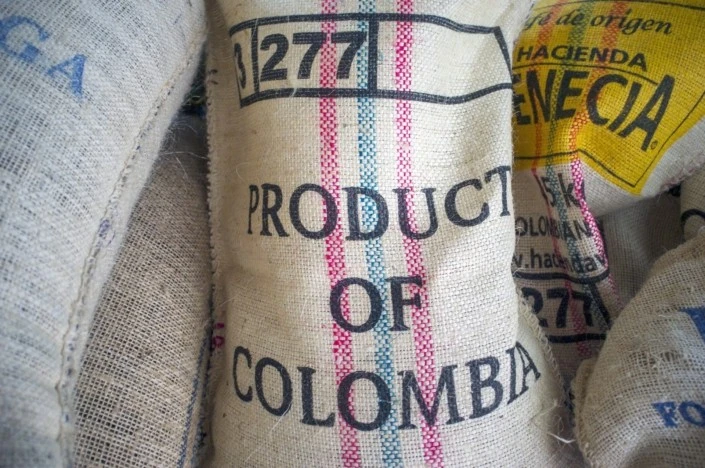
Material for commercial purposes cannot be included, as in this case, it would be an export and not a removal and the customs treatment would be different.
The import of used vehicles into Colombia is not allowed according to customs regulations. Only new vehicles Km 0 may be imported, for which the client must register his RUT as importer, apply for import licenses, pay taxes of approximately 75% for VAT, levy and consumption tax and present the certificates of conformity for tyres, glass, belts and the original invoice.
Can I bring my pet to Colombia?
It is possible to bring pets to Colombia, but not as part of the move, but as part of the move. as a travel companion on the plane or as luggage in the hold. The pet must be properly documented and vaccinated. For more information, see this page on entry of pets into Colombia.
Is it necessary to take out insurance for an international move to Colombia?
In all removals it is advisable to take out insurance, but even more so if it is an international move and, above all, if the move is transoceanic, as third party agents such as shipping companies, customs, ports, etc. are involved, and it is advisable to take out an insurance policy. comprehensive insurance to minimise problems.
What documentation is required for a move to Colombia?
The documentation necessary at origin for a move to Colombia is:
- Valid ID card or passport.
- Authorisation for customs clearance, authorising the company to process customs documentation.
- Declaration of value: The customer must declare the value of what he is transferring for the corresponding tax settlement according to this declaration.
- Historical certificate of registration and registration at origin and destination.
- In the case of moving vehicles, the technical data sheet and the vehicle registration certificate must be provided.
The documents must be valid and properly completed to avoid problems at customs. We therefore recommend that you check all documentation thoroughly before submitting it.
What happens when the move arrives in Colombia?
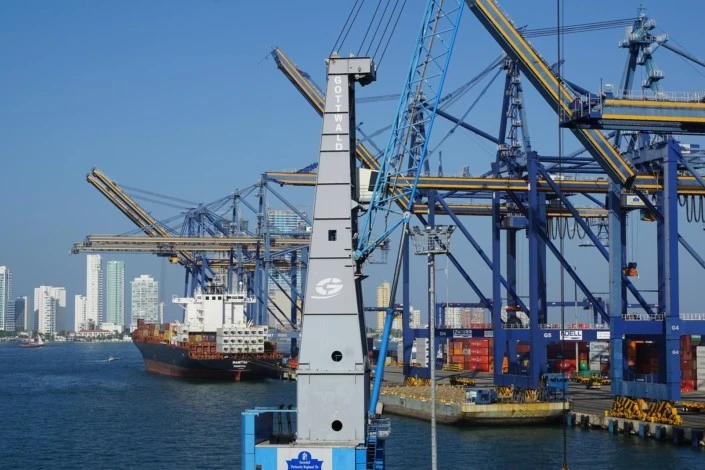
When the move arrives in Colombia, our destination correspondent will be in charge of customs clearance, making the corresponding tax and duty liquidation, and must present the following documentation:
- Work Visa (Foreigners).
- Certificate of residence issued by the Colombian Consulate in the country of origin showing that the client has been outside Colombia for a period of no less than two years (returning Colombian citizen).
- Original Passport.
- Authenticated powers of attorney provided by the agent when the client arrives in Colombia.
- Cédula de Ciudadania (Colombian citizen).
- The customer will pay 15% tax on the CIF value (cost, insurance, freight).
For Colombians returning to their country of origin, there is the Law of Returnwhich encourages the return to Colombia with customs, tax and financial incentives. If the importer is a returning Colombian, he/she must prove that he/she has lived abroad for more than three years, through a certificate of residence abroad issued by the Colombian Consulate or through the passport stamps with the entries and exits of the last three years. In addition, if the user is a returning Colombian, he/she can apply to the Ministry of Foreign Affairs for tax exemption. This procedure can be done directly through the Ministry's website, and then there is a period of 40 working days for the respective approval. It is necessary to have this requirement before the arrival of the goods at the port.
If the user is a foreigner, he/she must have the approval of his/her work or resident visa in Colombia. Tourist visas are not accepted for this import procedure.
Domestic household goods can be imported every five years. This applies to both Colombian and foreign users.
After the last arrival in Colombia, the user has 120 days to bring his or her household goods into the country. After that time, he/she will have to leave and re-enter the country. This applies to both Colombians and foreigners.
Customs clearance takes 8 to 15 working days under normal conditions, provided the documentation is in place prior to the arrival of the goods at the port.
The user must be in Colombia at least 5 days prior to the arrival of the shipment at the Colombian port.
Once customs clearance has been completed, the agent will take care of the delivery of the removal at the destination address.
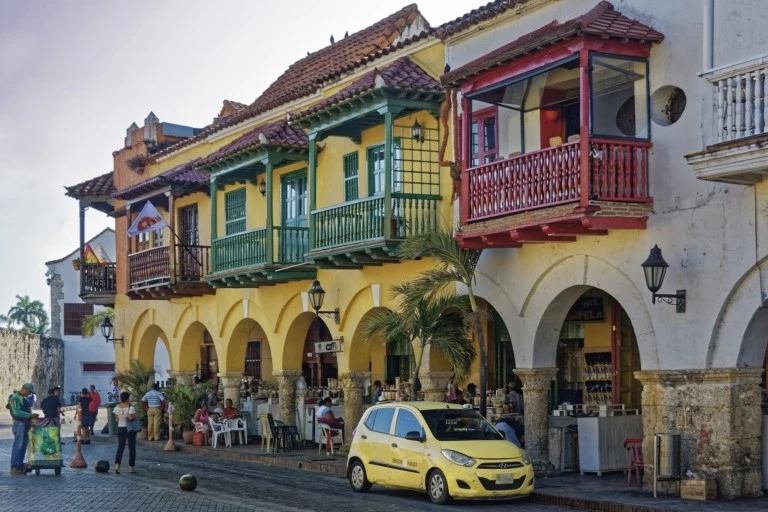
Other tips on international removals
If you are finally moving to Colombia and moving to this beautiful country, you might also be interested in the following articles:
- How much does an international move cost?.
- Tips for happiness abroad.
- Tips on moving to another country for work.
- Tips for your international move.
Remember that in GIL STAUFFER we are professionals in international removalsso do not hesitate to contact us. We will help you through the whole process. We only wish you a very happy adventure in Colombia and that you have a memorable memory for life.
